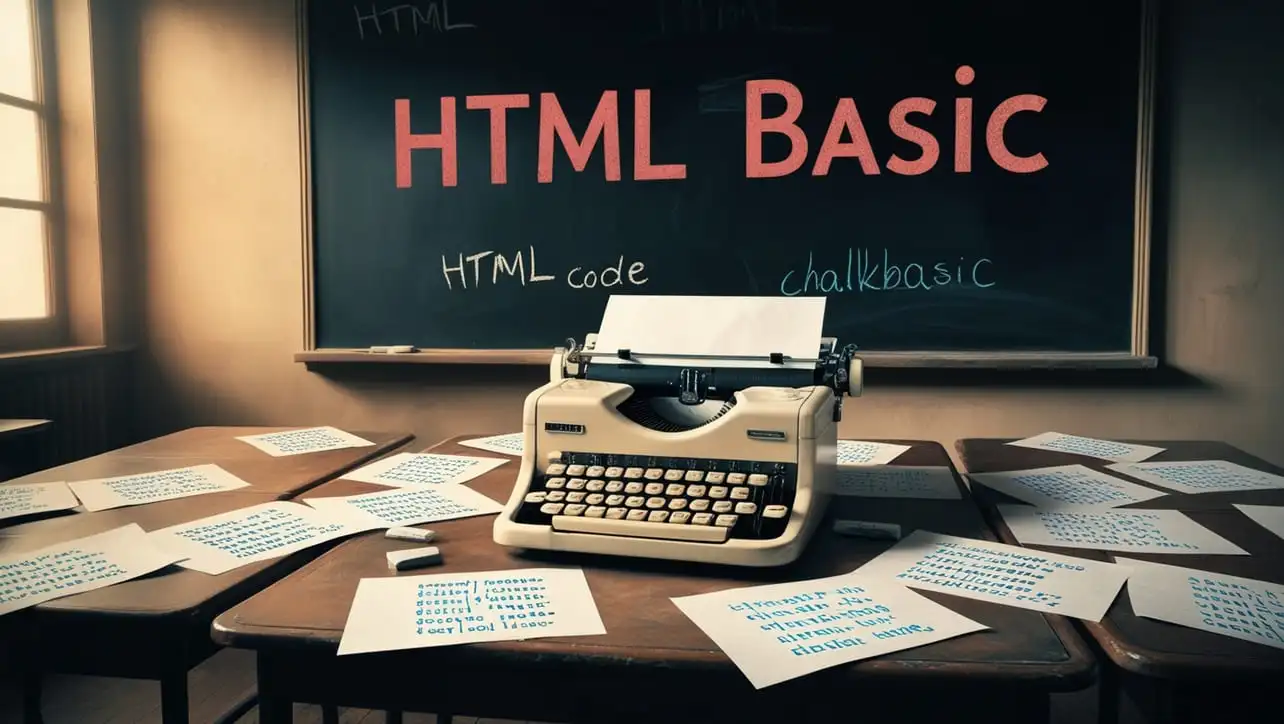
HTML Topics
- HTML Intro
- HTML Basic
- HTML Editors
- HTML CSS
- HTML Tags
- <!--...-->
- <!DOCTYPE>
- <a>
- <abbr>
- <address>
- <area>
- <article>
- <aside>
- <audio>
- <b>
- <base>
- <bdi>
- <bdo>
- <bgsound>
- <blink>
- <blockquote>
- <body>
- <br>
- <button>
- <canvas>
- <caption>
- <cite>
- <code>
- <col>
- <colgroup>
- <data>
- <datalist>
- <dd>
- <del>
- <details>
- <dfn>
- <dialog>
- <div>
- <dl>
- <dt>
- <em>
- <embed>
- <fieldset>
- <figcaption>
- <figure>
- <footer>
- <form>
- <h1> to <h6>
- <head>
- <header>
- <hgroup>
- <hr>
- <html>
- <i>
- <iframe>
- <img>
- <input>
- <ins>
- <kbd>
- <label>
- <legend>
- <li>
- <link>
- <main>
- <map>
- <mark>
- <menu>
- <meta>
- <meter>
- <nav>
- <noscript>
- <object>
- <ol>
- <optgroup>
- <option>
- <output>
- <p>
- <param>
- <picture>
- <pre>
- <progress>
- <q>
- <rp>
- <rt>
- <ruby>
- <s>
- <samp>
- <script>
- <search>
- <section>
- <select>
- <small>
- <source>
- <span>
- <strong>
- <style>
- <sub>
- <summary>
- <sup>
- <svg>
- <table>
- <tbody>
- <td>
- <template>
- <textarea>
- <tfoot>
- <th>
- <thead>
- <time>
- <title>
- <tr>
- <track>
- <u>
- <ul>
- <var>
- <video>
- <wbr>
- HTML Deprecated Tags
- HTML Events
- HTML Event Attributes
- HTML Global Attributes
- HTML Attributes
- HTML Comments
- HTML Entity
- HTML Head
- HTML Form
- HTML IndexedDB
- HTML Drag & Drop
- HTML Geolocation
- HTML Canvas
- HTML Status Code
- HTML Language Code
- HTML Country Code
- HTML Charset
- MIME Types
HTML a tag

Photo Credit to CodeToFun
🙋 Introduction
The <a> tag, or anchor tag, is a fundamental element in HTML used for creating hyperlinks. In this guide, we'll explore the intricacies of the <a> tag and its role in web navigation.
🤔 What is <a> Tag?
The <a> tag is employed to define hyperlinks, allowing users to navigate from one page to another seamlessly. Understanding how to utilize this tag is essential for any web developer.
💡 Syntax
To create a basic hyperlink, use the <a> tag along with the href attribute, specifying the destination URL.
<a href="https://www.example.com">Visit Example.com</a>🧰 Attributes
href:
The href attribute denotes the destination URL or the location the hyperlink points to.
href.htmlCopied<a href="https://www.example.com">Visit Example.com</a>target:
The target attribute determines how the linked resource will be displayed. Common values include _blank (opens in a new tab or window) and _self (opens in the same frame or tab).
target.htmlCopied<a href="https://www.example.com" target="_blank">Visit Example.com in a new tab</a>
📚 Common Use Cases
Basic Hyperlinks:
The primary function of the
<a>tag is to create basic hyperlinks, enabling users to navigate to different pages.basic-hyperlinks.htmlCopied<a href="https://www.example.com">Visit Example.com</a>Linking to Sections within a Page:
Using the href attribute with an anchor (#) allows linking to specific sections within a page.
linking-to-sections.htmlCopied<a href="#section">Jump to Section</a>
🖥️ Browser Support
Understanding the compatibility of the <a> tag across different browsers is essential for delivering a consistent user experience. Here's an overview of its support:
- Google Chrome: Fully supported.
- Mozilla Firefox: Fully supported.
- Microsoft Edge: Fully supported.
- Safari: Fully supported.
- Opera: Fully supported.
- Internet Explorer: Fully supported.
The <a> tag enjoys widespread support across all major browsers.
🏆 Best Practices
- Ensure your hyperlinks are descriptive and convey the purpose of the linked content.
- Use the target attribute judiciously to provide a seamless user experience.
- Test your hyperlinks regularly to guarantee they lead to the correct destinations.
🎉 Conclusion
Mastering the <a> tag is fundamental for web developers looking to create seamless navigation experiences on their websites. By leveraging its attributes effectively, you can craft intuitive and user-friendly links that enhance the overall usability of your web pages.
👨💻 Join our Community:
Author

For over eight years, I worked as a full-stack web developer. Now, I have chosen my profession as a full-time blogger at codetofun.com.
Buy me a coffee to make codetofun.com free for everyone.
Buy me a Coffee












If you have any doubts regarding this article (HTML a tag), please comment here. I will help you immediately.